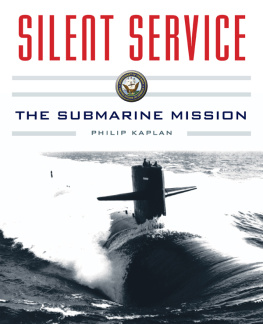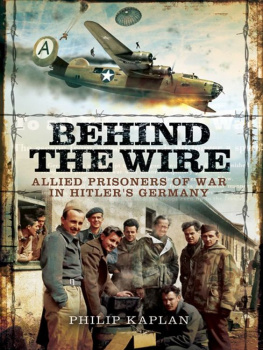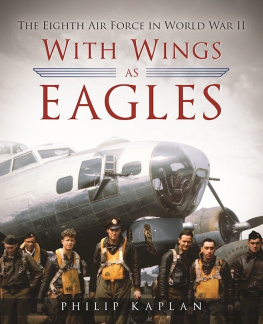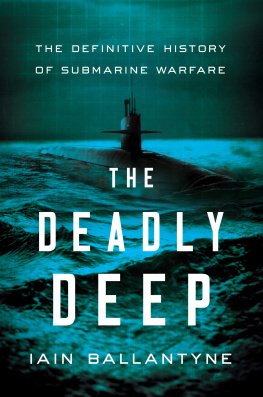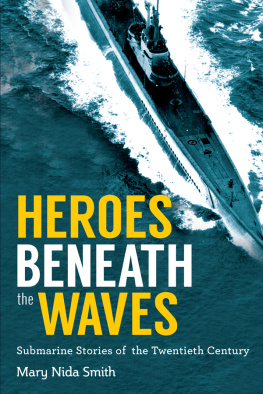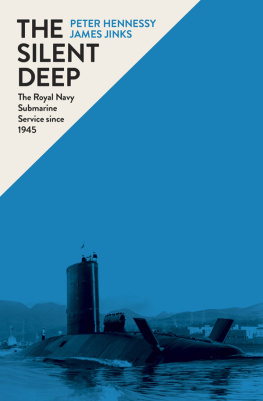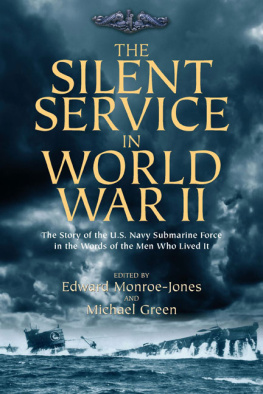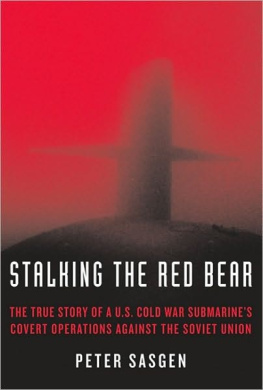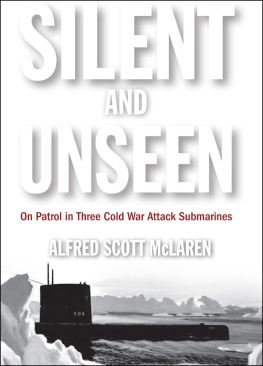Copyright 2015 by Philip Kaplan
All rights reserved. No part of this book may be reproduced in any manner without the express written consent of the publisher, except in the case of brief excerpts in critical reviews or articles. All inquiries should be addressed to Skyhorse Publishing, 307 West 36th Street, 11th Floor, New York, NY 10018.
Skyhorse Publishing books may be purchased in bulk at special discounts for sales promotion, corporate gifts, fund-raising, or educational purposes. Special editions can also be created to specifications. For details, contact the Special Sales Department, Skyhorse Publishing, 307 West 36th Street, 11th Floor, New York, NY 10018 or .
Skyhorse and Skyhorse Publishing are registered trademarks of Skyhorse Publishing, Inc., a Delaware corporation.
Visit our website at www.skyhorsepublishing.com.
10 9 8 7 6 5 4 3 2 1
Library of Congress Cataloging-in-Publication Data is available on file.
Cover design by Tom Lau
Cover photograph courtesy of Philip Kaplan
Print ISBN: 978-1-63450-553-6
Ebook ISBN: 978-1-63450-554-3
Printed in China
CONTENTS



THE JOB

A torpedo tube in the Los Angeles class fast attack submarine USS Jefferson City , a boat based at Ballast Point, San Diego, California.
DEEP IN THE SEA THERE IS NO MOTION, no sound, save that put there by the insane humors of man. The slow, smooth stirring of the deep ocean currents, the high-frequency snapping or popping of ocean life, even the occasional snort of a porpoise are all in low key, subdued, responsive to the primordial quietness of the deep. Of life there is, of course, plenty, and of death too, for neither is strange to the ocean. But even life and death, though violent, make little or no noise in the deep sea.
from Run Silent, Run Deep by Commander Edward L. Beach
For the 40+ years of the Cold War, American and British attack submarines were tasked with a primary role of intelligence gathering, a vital addition to their basic anti-submarine chore. Being stealthy, silent and quick, these boats were tailor-made for keeping an eye and an ear on Soviet submarine activity, missile test exercises, shipyard and harbor installations. For the most part, they operated in complete secrecy, using some of the most advanced and sophisticated methods of information collection available. They tracked and kept tabs on the comings and goings of the enormous Soviet ballistic missile submarines to learn all they could about them, an effort of such importance to the United States and Britain that it was afforded highest priority by their navies.
Pay attention to your enemies, for they are the first to discover your mistakes.
Antisthenes
Admiral Mark Stanhope, Royal Navy, has commanded both conventional and nuclear-powered submarines, as well as the aircraft carrier HMS Illustrious , during his distinguished naval career. It was openly expressed, if not ever in any detail. The purpose of the attack submarine was to try and find the Soviet ballistic missile submarines. They were a key element in the nuclear balance. Additionally, its purpose was to sanitize the water that our own boats were in, making sure that we were keeping our ballistic missile-firing submarines clear of Soviet intruders. That area of engagement extended throughout the northern Atlantic, a long, long way north.
In the latter part of the 1980s, the Soviets were bastioning their submarines in the north. If they brought them south, into the Norwegian Sea, or further south, they knew that the chances of counter-detection were high, so they bastioned them further north, which caused us to go further north, looking for them.
The job was to go and locate Soviet submarines. Therefore, the assumption is that we found them, and thats a good assumption. And once we found them, then the point was to remain in contact for as long as we could and, of course, in so doing we gained a lot of experience about how to do the job. We also gathered a lot of information about how they did their business. We would come home and tell people how they did the business, so the next one to go out went with that information.
There was also the developing role of defence of the fleet by means of anti-submarine warfare. Submarines are the best finders of other submarines. However, communications was a problem. If we found another submarine, was it enemy or one of ours? We had to find out. Eventually, communications got better. Satellite communications were a great breakthrough, so our engagement in fleet work was improving and increasing towards the end of the 1980s before the Berlin Wall came down.
The intelligence-gathering role has been fundamental in the mission of submarines ever since we managed to make them work. They can go places where they cant be detected, where they can raise masts above the water, where they can give early warning of activities that might only be available through other clandestine means.
Whats changed? The Russians still have nuclear submarines at sea, although its fair to say not as often. We still need to be able to counter these; we still need to be able to provide anti-submarine warfare defence to fleet, but the concern now [in 2002] is less about nuclear submarine attack and more about conventional submarine attack. We are going through the mechanisms of learning about littoral or shallow water warfare, which is far more threatening to us now than the deep water challenges that we had before, when we had a horde of Soviet submarines coming down to meet us. If we put a fleet into shallow water, the potential presence of other conventional submarines is of increasing concern to us. Its much more difficult to find a submarine in brown water as we call it, where its shallow and there is much more noise and where there are a lot more places for one to hide.
We still are engaged in the principle of keeping our own submarines safe, so the ballistic missile threat is still important. Its important to provide the necessary protection to our ballistic missile capability, both in the U.S. and the UK, and thats done by our SSNs, our nuclear-powered attack submarines. Its important that we dont lose the skills to be able to deal with the Russian nuclear submarines, both their ballistic missile-firing subs and their SSNs. Some of their SSNs are extremely capable and still do venture wide and far, and we want to make sure we keep tabs on those if we can. And, of course, a submarines ability to act in the provision of early warning is still a part of our business.
In the future, I cant see us going back to the conventional submarine world. I think we will have to stick with the nuclear submarine or its derivative.We are desperately keen to see something other than nuclear power being able to produce the same capability. Fuel cells, a new technology thats being developed, is heading that way but is not available yet, so we have decided to build the next generation of SSNs, the Astute class, to keep us in the business. There is another non-military but domestic pressure. If we stop building nuclear submarines, we lose the ability to do so. Without another order to follow on from the last of the T-boats [ Trafalgar class], Barrow-in-Furness, which is our only submarine builder, would have had to pay off labour and lose all its design and development staff. Therefore, part of the decision taken to build the Astute class was in order to keep the building program going, albeit at a low cost level, so as to maintain the structure weve got in Barrow. The balance is a fine one, but thats what were doing at the moment. There are enormous financial pressures to restrict the program, but the government recognizes that if we want to stay a number one capable navy, weve got to keep building these submarines. So, I think the near future is good, but the Americans and everybody are looking hard to find whats over the horizon. Nuclear submarines are a problem. What do you do when you get rid of them? Getting rid of them is, environmentally, a very hot potato and, as yet, unresolved. All of our paid-off nuclear submarines, Dreadnought, Warspite, Valiant, Courageous, Conqueror, Churchill , and shortly the Swiftsure , are just sitting alongside in various harborsmost of them in Plymouth, some of them in Rosyth. The nuclear cores have been taken out and the really nasty bits are at Sellafield, but the reactor compartments themselves are radioactive and will be for many thousands of years. So yes, I do think there is a future in the Royal Navy for submarines, but its always going to be a challenge.

